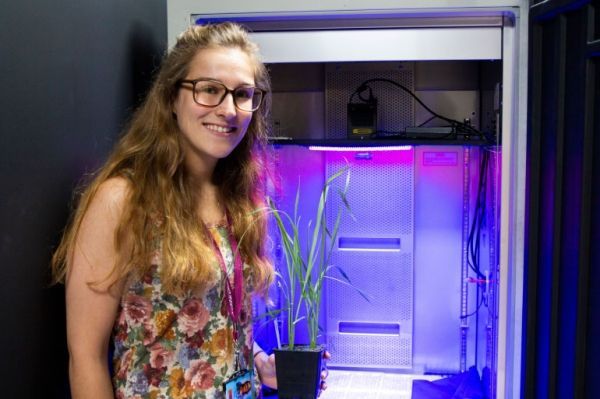It’s widely understood that humans have a circadian clock. When we travel long distances, things get knocked out of kilter.
Daily fluctuating rhythms were first discovered in plants in 1729 by measuring leaf-movement rhythms in Mimosas. Now research at the Earlham Institute led by PhD Student Hannah Rees has ‘shed light’ on how they work in different crop plant species.
Importantly, Hannah has developed a robust method to accurately measure plant clocks in wheat and brassica using naturally occurring ‘delayed fluorescence’, which will be very useful for research into improving crops for the future.
Read more at Earlham Institute
Image Credit: Earlham Institute


